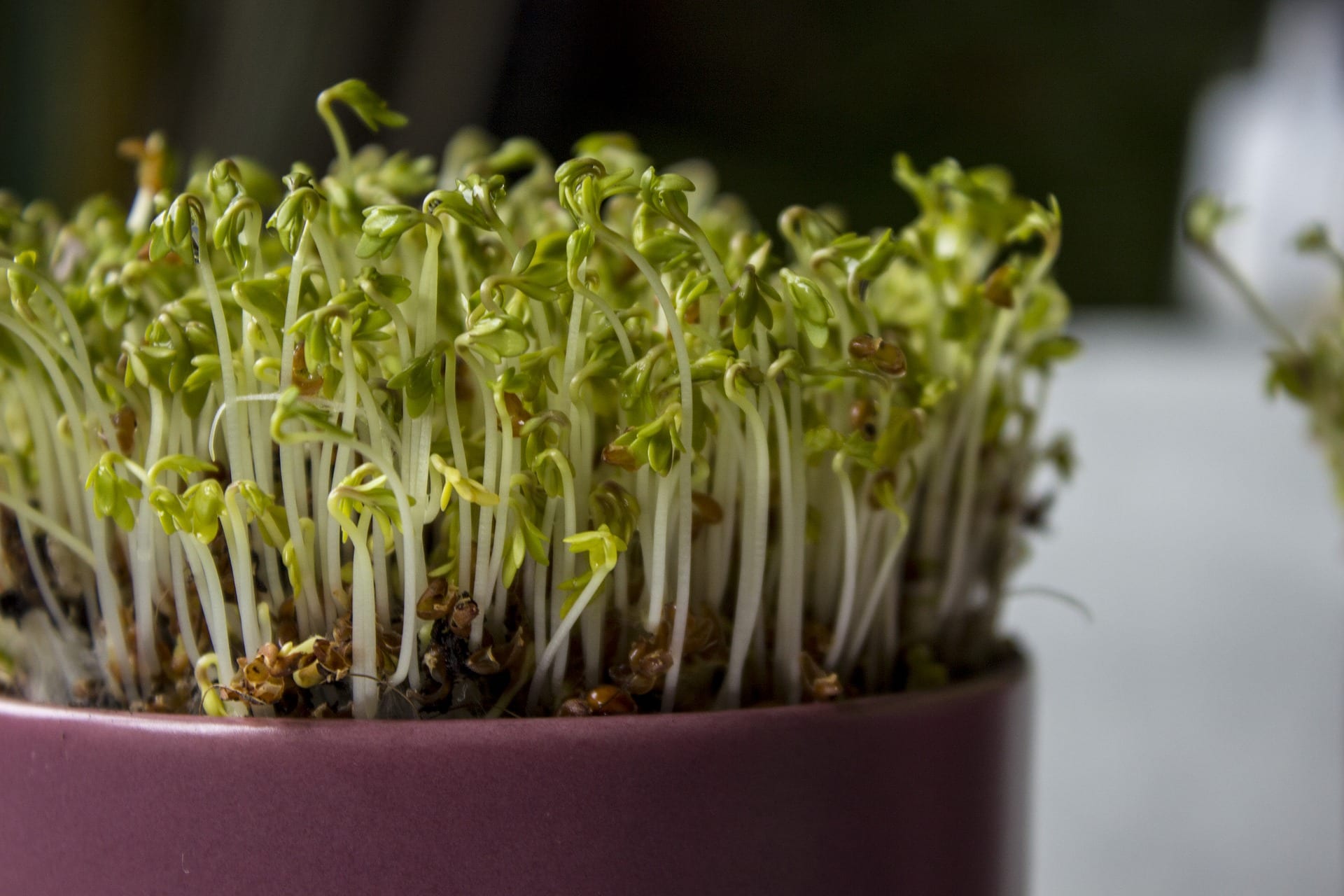Plants are the perfect addition to any home— they promote healthier air quality, brighten up your space and give you something to take care of. In honor of national indoor plant week, here are a few tips for growing a green thumb and keeping plants alive and well in the residence halls.
Know the basics
Everyone knows plants need a few things to survive: sunlight, water and food. While, yes, these things are important, the quantities matter just as much as they themselves do. If a delicate plant gets exposed to too much direct light, it can cause the leaves to become dehydrated and yellow. Contrastingly, overwatering a plant can be just as bad: the leaves will droop and sag, and you will have essentially drowned the plant. Arguably the worst case scenario is over-fertilization. These plants will turn brown and quite literally appear burned, and can be near impossible to save once they fall ill. Of course, there’s consequences for too little of these ingredients as well— which is why it’s so important to have some basic knowledge of how to care for your plants as a foundation for your mini garden to grow from.
Pick your plants
Yes, while that bright purple orchid might look prettier than the squat succulent, that doesn’t mean it would make for a good first attempt at keeping a plant alive. Remember what kind of space you have and your experience with plants: will your plant have access to full sunlight? Will you remember to water it everyday? Is there anything that could put it in danger of being knocked over or bent? Depending on your answers to these questions, let it gauge what kind of plant you get. Most garden stores have little tags that give potential plant parents advice on how to keep it prospering. For your first try, a succulent or cactus— they can be placed on a window sill and watered infrequently.
Do your homework
Now that you’ve picked out your plant, do some research on your specific species. A lot of plants can go through periods of “shock” once they are transplanted or moved to a new area: is your plant prone to this? Does it go through a flowering or shedding period? Will any part of it ever change colors? How often does this specific plant need water, and how much? Think of your plant kind of like a pet. You would want to know what kinds of diseases it may be prone to, how much time outside it needs, how high maintenance it is; after all— you wouldn’t feed a dog fish food. Plants are equally as complex, and the regime for a cactus versus a flower can be completely different.
Branch out
If you’re finding that your first plant or two is prospering, maybe consider picking out a more difficult plant to keep alive, like that bright purple orchid. Taking care of and growing plants is just like any hobby: you get better at it the longer you practice, and you learn tricks from experience along the way. If you’re hesitant to try out something new, try talking to some of the employees at your local garden center for advice. With some trial and error, your indoor jungle will be flourishing in no time.


